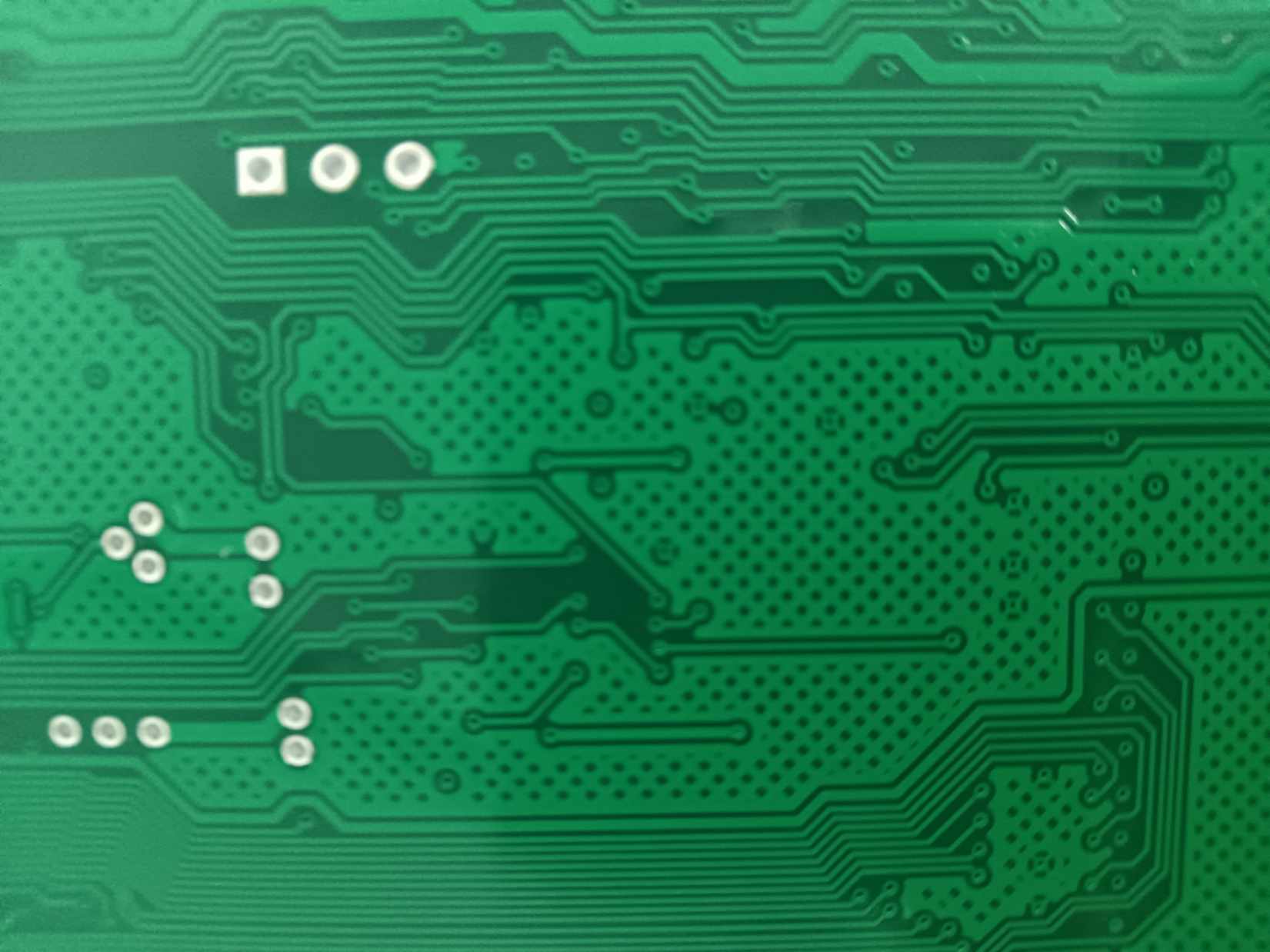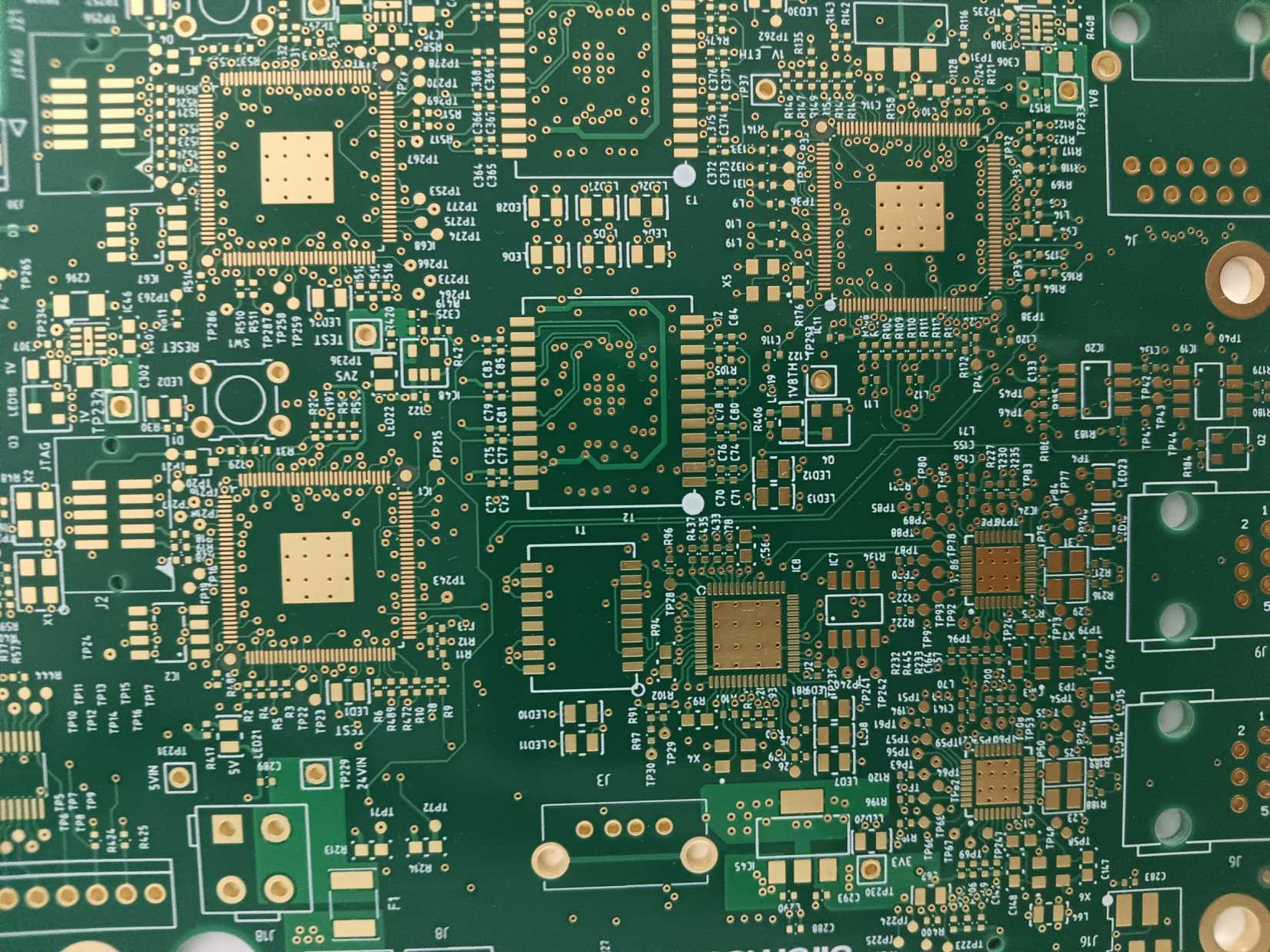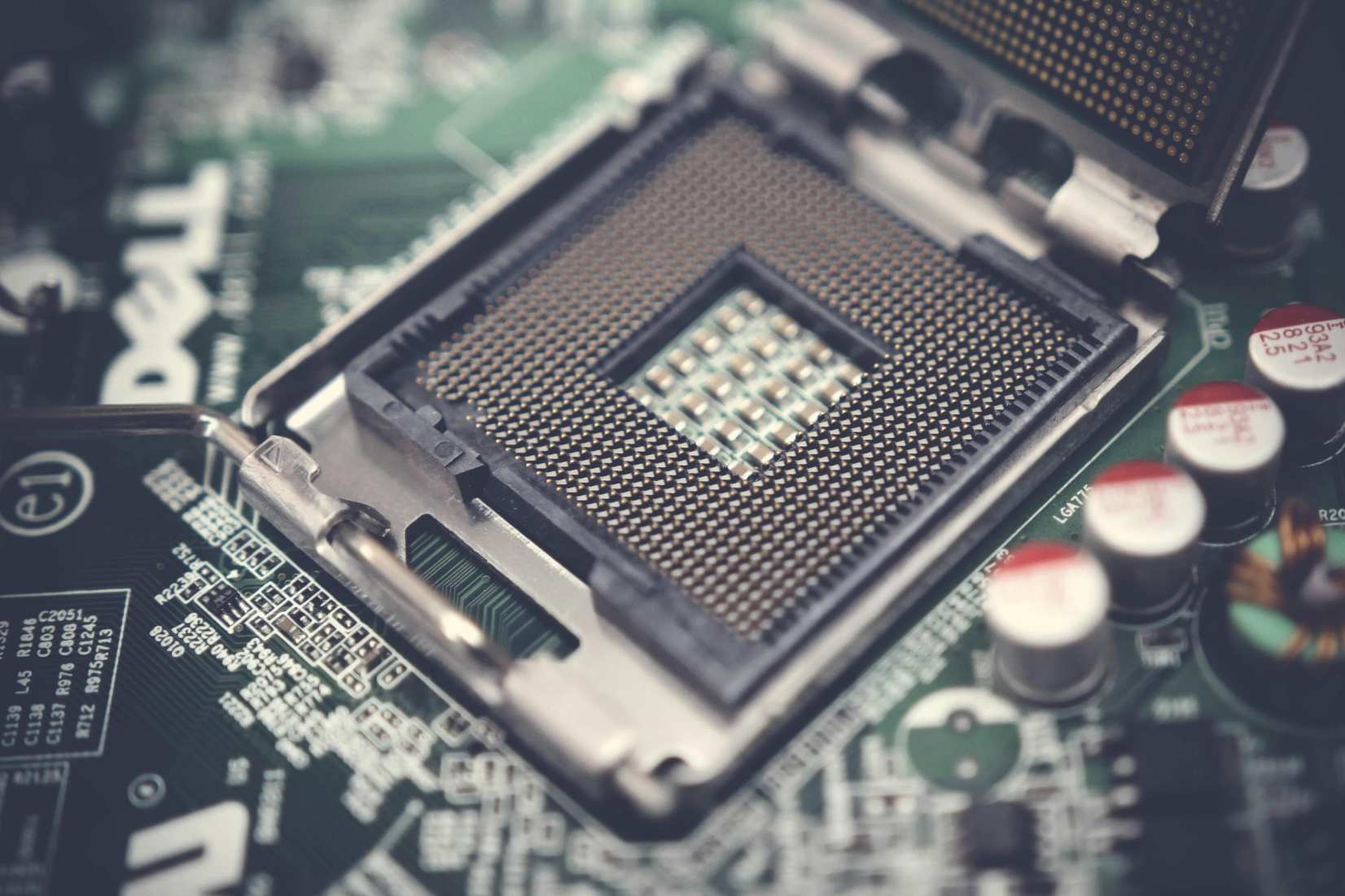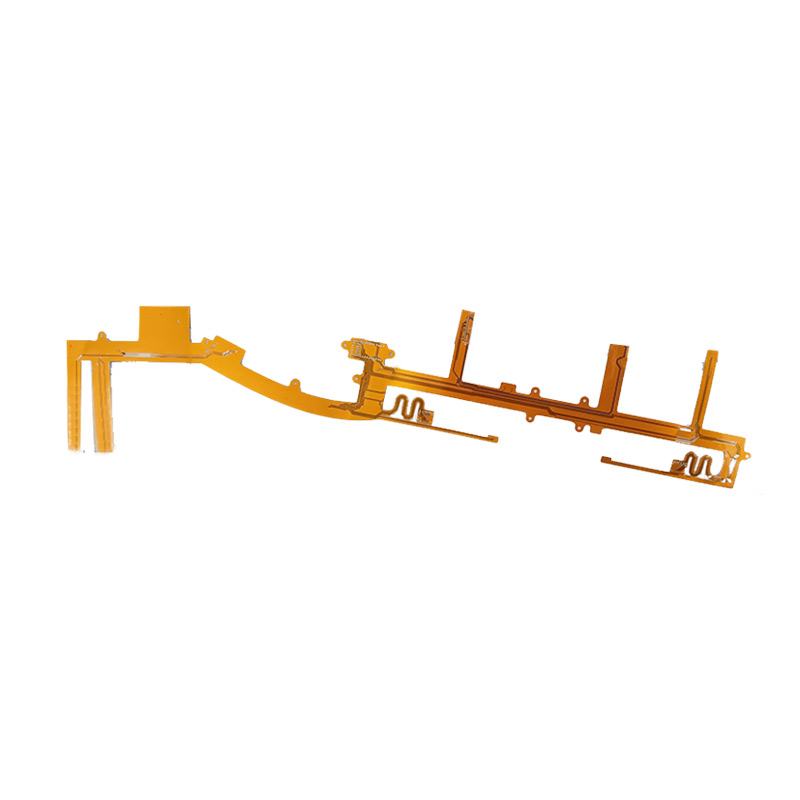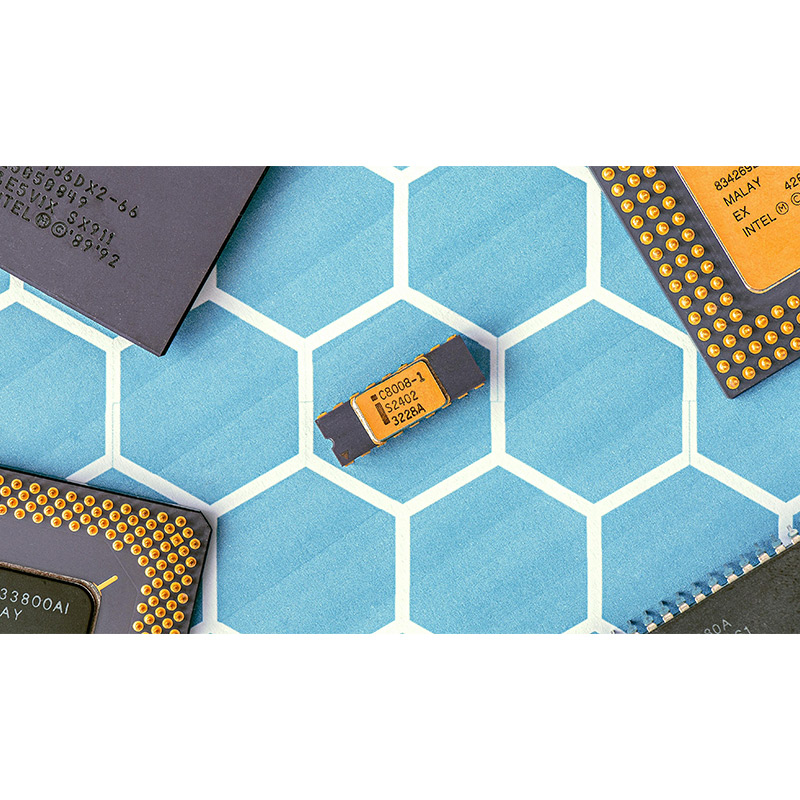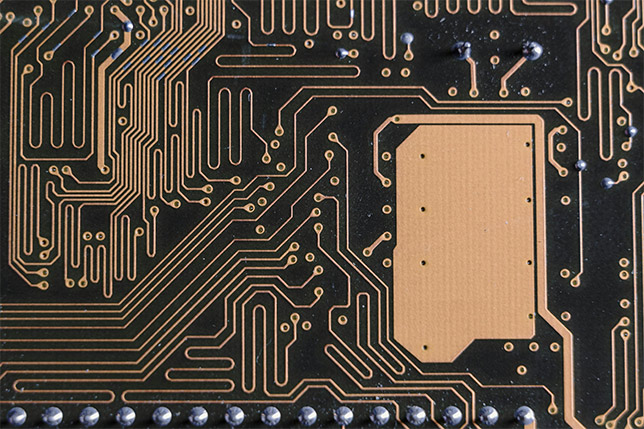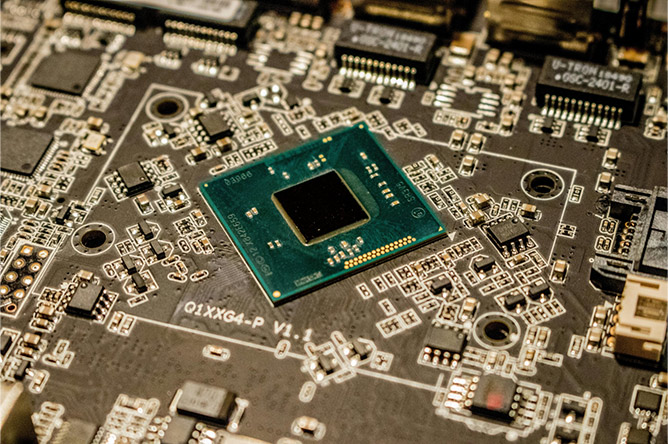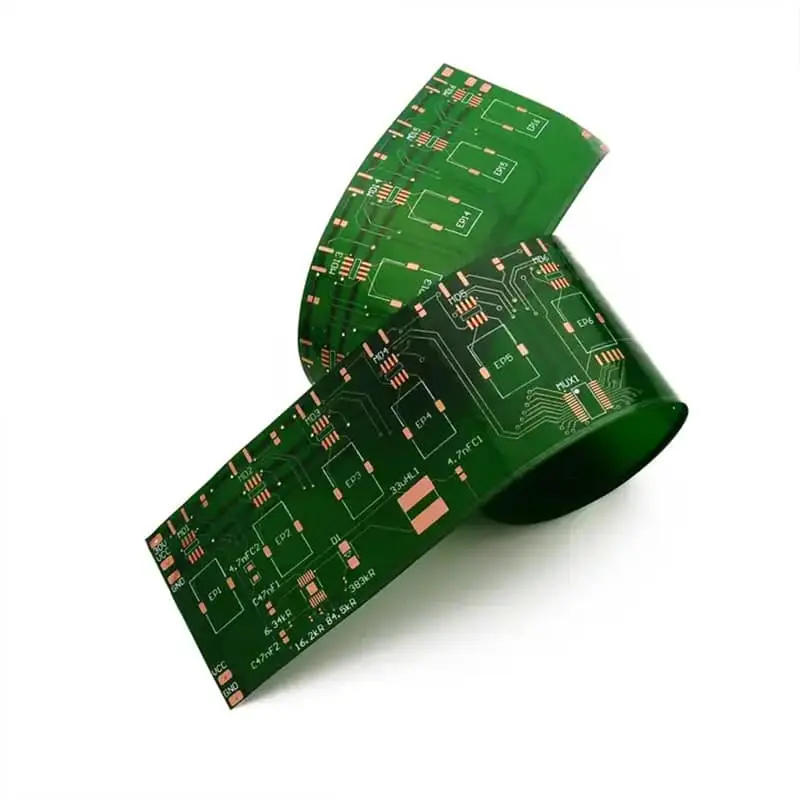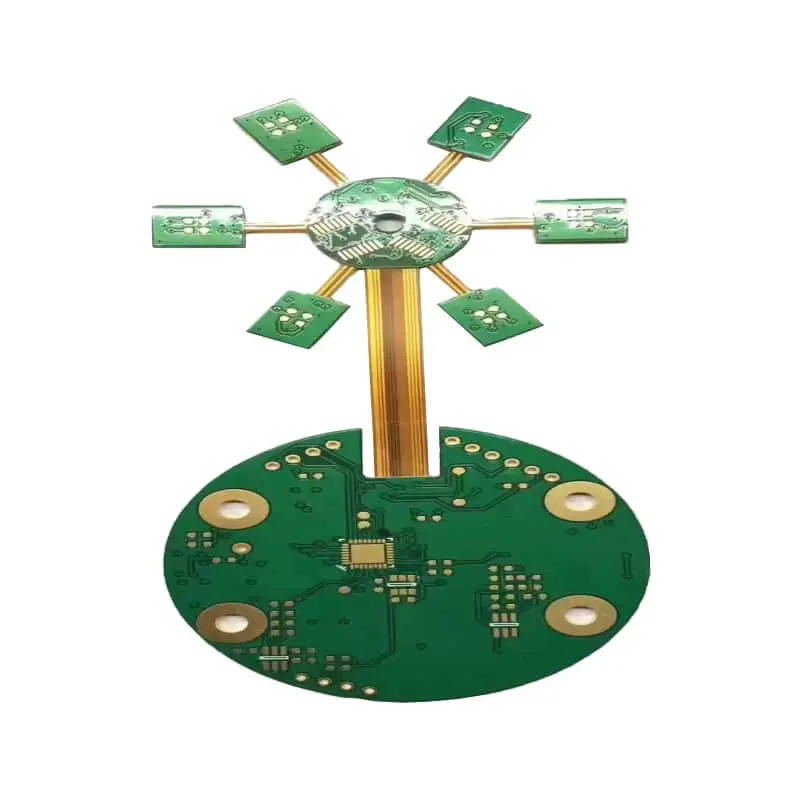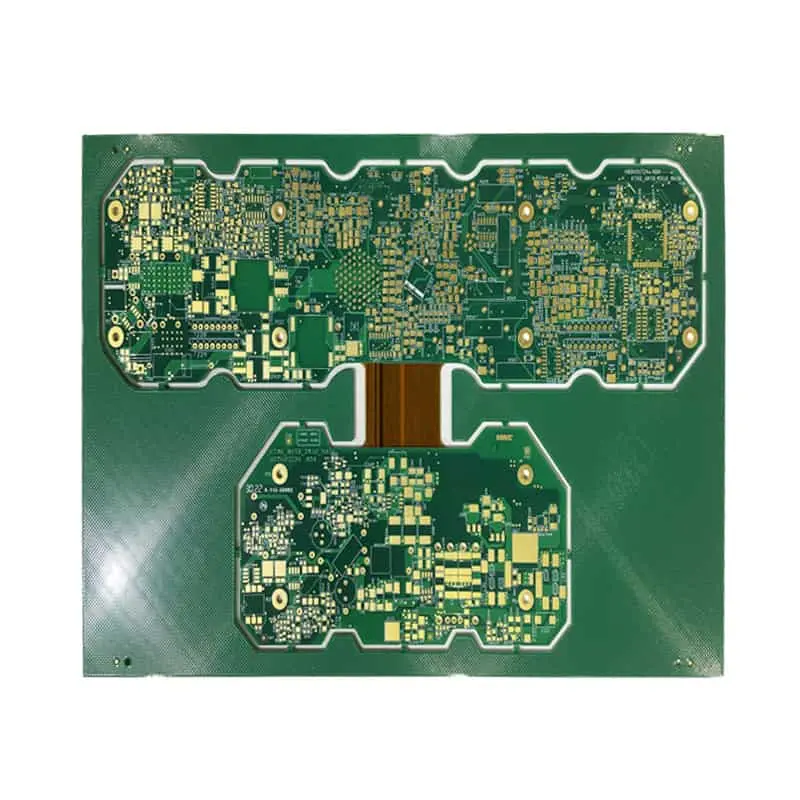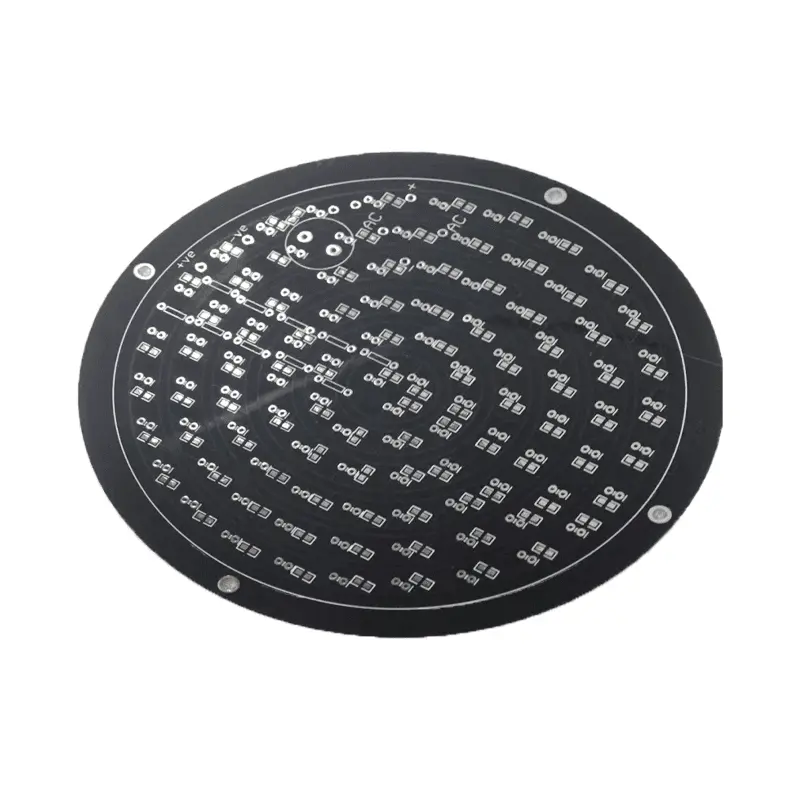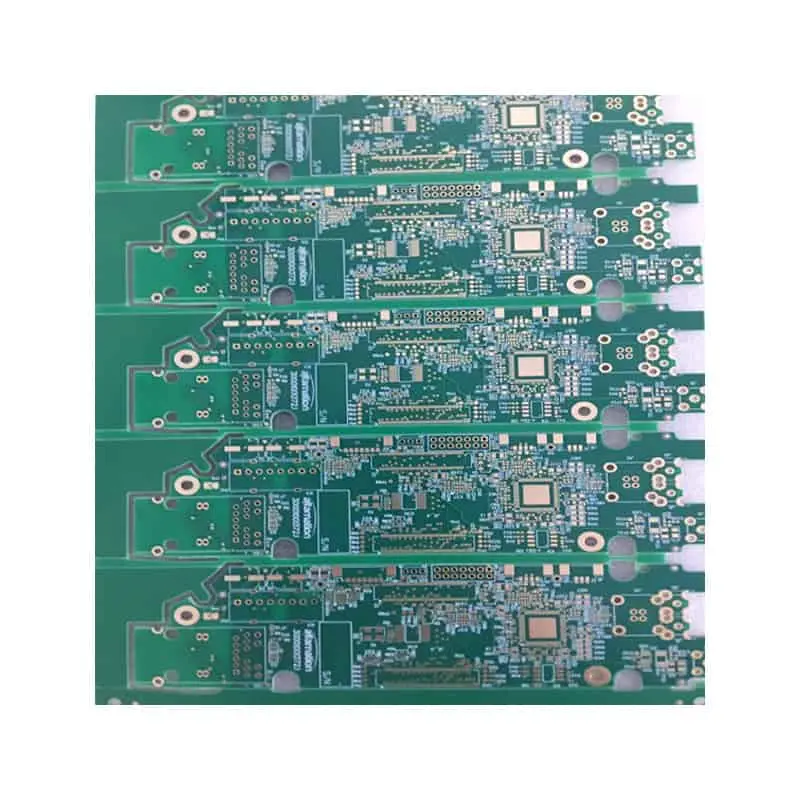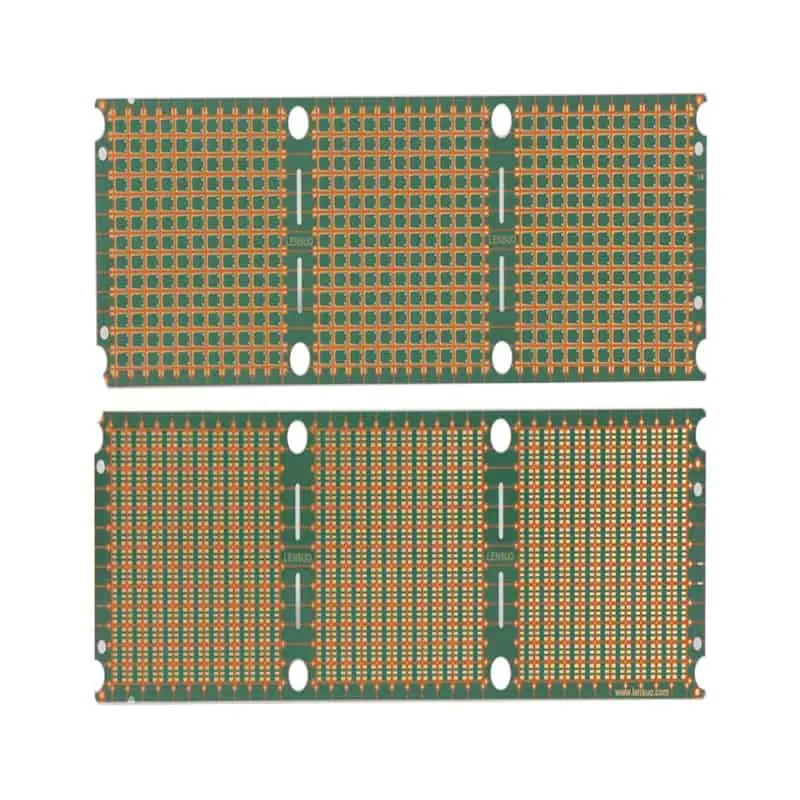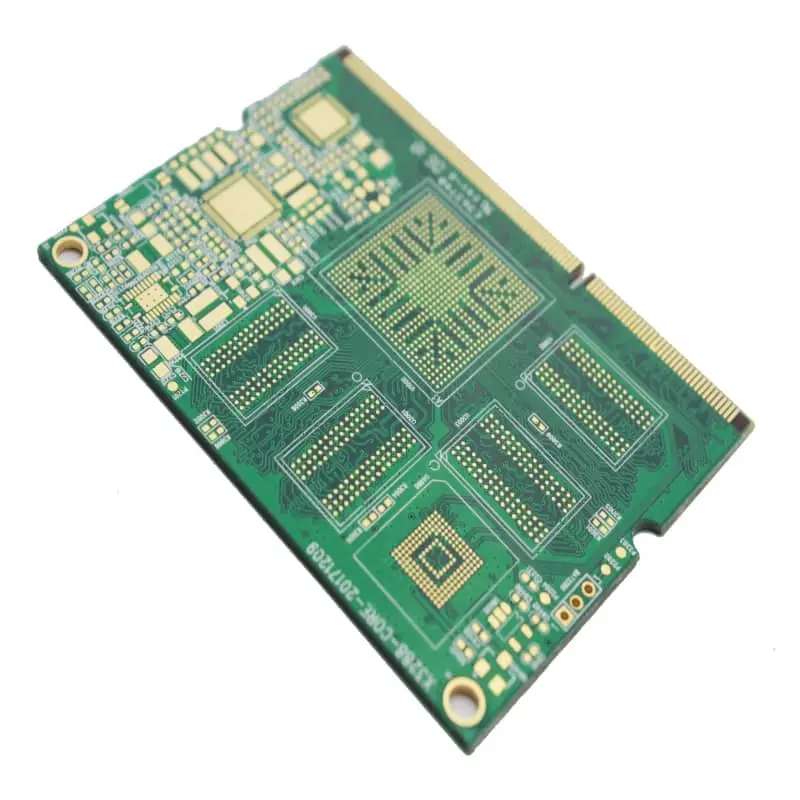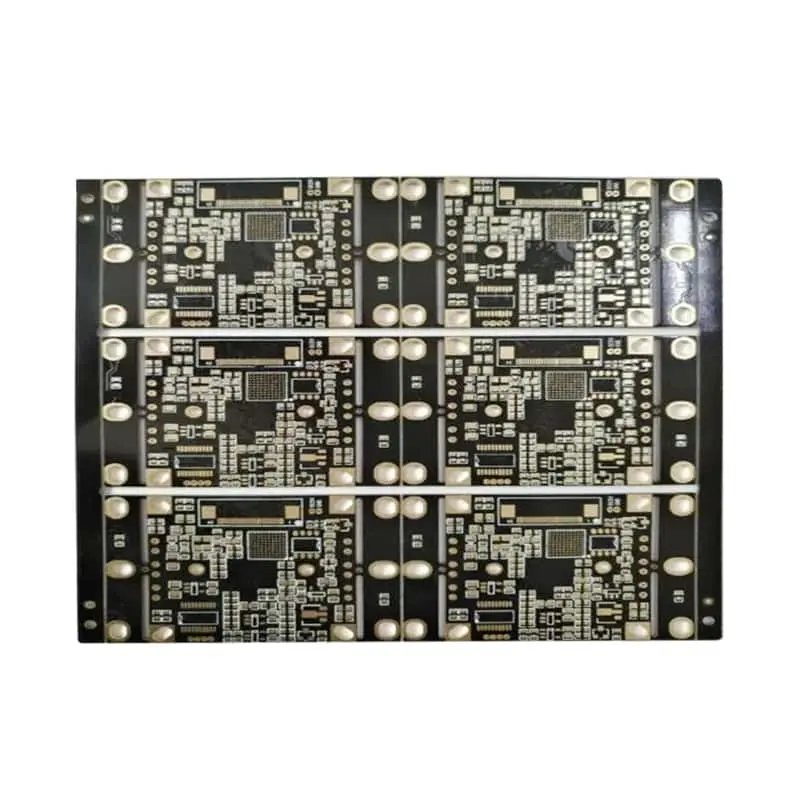What is an IC carrier board?
An integrated circuit substrate (or IC package carrier board) is the substrate for IC packages. In addition to protecting the bare IC, the IC carrier board is also connected to the intermediate products that connect the chip and the board.
Therefore, the IC substrate greatly affects the circuit performance.
IC carrier board process capability minimum line width/line spacing: 30/30um, now IC carrier board exceeds the precision of traditional PCB. Therefore, their manufacturing process is very complex.
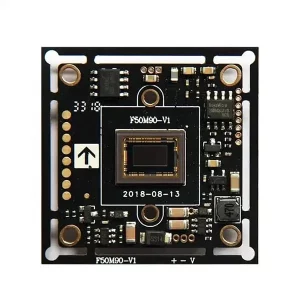
Classification of IC substrates
There are many types of IC substrates, which can be divided into three main categories. These classifications include package/package type, bonding technology, and material properties/properties. In addition, we can divide them into application areas.
Package type: Each package may require a different kind of substrate.
BGA substrate: This type of substrate is suitable for IC packages with large pin counts (>300). Essentially, we can attribute it to its excellent electrical and thermal properties.
Chip-scale package IC substrates: These substrates are miniaturized and thinner. Therefore, it is suitable for small single-chip packages (CSPs) with low pin counts.
Flip-chip IC substrates: This type of substrate is best suited for controlled collapsed chip connections in flip-chip scale packaging (FCCSP). Therefore, it has good heat dissipation protection against circuit loss and signal interference.
Multi-chip module IC substrate: The substrate in this type of package contains multiple ICs. Each IC may have different functions. Therefore, the substrate must be lightweight. However, due to the nature of MCM ICs, such a substrate may not have acoustic signal interference, good wiring, or good heat dissipation.
Through bonding technology
Bonding describes how an integrated circuit is bonded to a package or external circuit. Similarly, each bond may require a substrate with unique characteristics.
According to the different interconnection materials, bonding technology can also be divided into metal wire (gold wire/welding strip, aluminum wire, copper wire and other special metal wire) interconnection method, bump point (various solder bumps, columnar, ball, etc.) interconnection and other bonding interconnection methods.
Wire Bonding (WB): This is the most common type of bonding. Typically, the operator or machine will thread the connection on the chip to the package/carrier or external circuitry.
Flip Chip Bonding (FCB): The most common way to facilitate interconnection in this type of bonding is to use solder balls/bumps. Next, after we disperse the solder balls on the chip pads, we flip the chip over and align it with the pads of the external circuit. By the way, manufacturers can create this combination using polymer adhesives, welded joints or soldered interfaces.
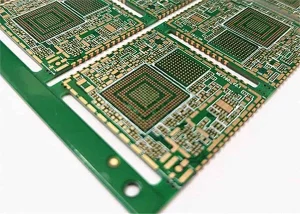
The tape is automatically welded and bonded
(TAB): Describes the creation of flexible printed circuits (FPCs) where manufacturers bond integrated circuits to fine conductors in polymer-based substrates.
IC substrate by material characteristics
Since integrated circuits have different functions, their substrates will require different material types and properties.
The most common are:
Rigidity: Manufacturers use BT resin to make these types of substrates. Therefore, they can consist of Ajinomoto (ABF), epoxy, or bismaleimide (BT) materials.
Flexible: We use polyimide or polyamide resins to manufacture this type of substrate. By the way, they all have similar electrical properties and coefficients of thermal expansion.
Ceramics: We use ceramic materials to manufacture this type of substrate. Typically, it consists of aluminum nitride, silicon carbide, or alumina.
IC carrier board PCB applications
We can use IC substrates for:
Memory chip packaging
Microelectromechanical systems (MEMS) packages
Radio frequency (RF) chip package
Processor chip package
Integrated circuit packaging in high-speed communication equipment
We can find these chips and their packages in electronics, such as:
Smart devices such as smartphones and tablets
Laptops, printers, and memory products (such as RAM modules)
Medical equipment
telecommunications
Aerospace military industry
Industrial machinery
IC carrier board PCB characteristics
Integrated circuit IC substrates have a variety of properties and characteristics. Some of these include:
Light weight: IC substrates are generally very light. This is mainly due to the relatively thin materials they use.
Extremely reliable: These substrates form a protective layer around the integrated circuit. Therefore, they must consist of solid materials.
Fewer traces and solder joints required: IC substrates are typically smaller than typical PCB substrates. As a result, they require fewer traces and solder joints.
Compact: The IC substrate is designed in miniaturization. Therefore, they require less material to encapsulate.
Durable: Some IC substrates are very robust despite their large size.
